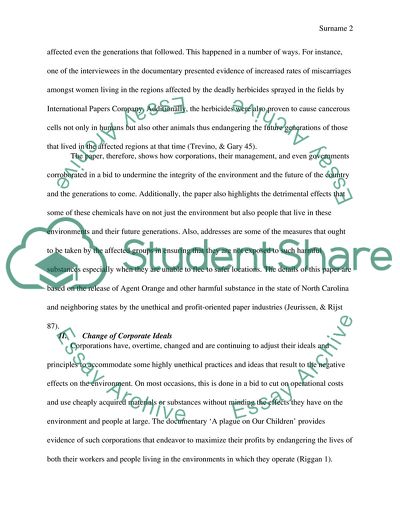Cite this document
(A Plague on Our Children Assignment Example | Topics and Well Written Essays - 2500 words, n.d.)
A Plague on Our Children Assignment Example | Topics and Well Written Essays - 2500 words. https://studentshare.org/sociology/1851715-the-documentary-a-plague-on-our-children
A Plague on Our Children Assignment Example | Topics and Well Written Essays - 2500 words. https://studentshare.org/sociology/1851715-the-documentary-a-plague-on-our-children
(A Plague on Our Children Assignment Example | Topics and Well Written Essays - 2500 Words)
A Plague on Our Children Assignment Example | Topics and Well Written Essays - 2500 Words. https://studentshare.org/sociology/1851715-the-documentary-a-plague-on-our-children.
A Plague on Our Children Assignment Example | Topics and Well Written Essays - 2500 Words. https://studentshare.org/sociology/1851715-the-documentary-a-plague-on-our-children.
“A Plague on Our Children Assignment Example | Topics and Well Written Essays - 2500 Words”. https://studentshare.org/sociology/1851715-the-documentary-a-plague-on-our-children.


